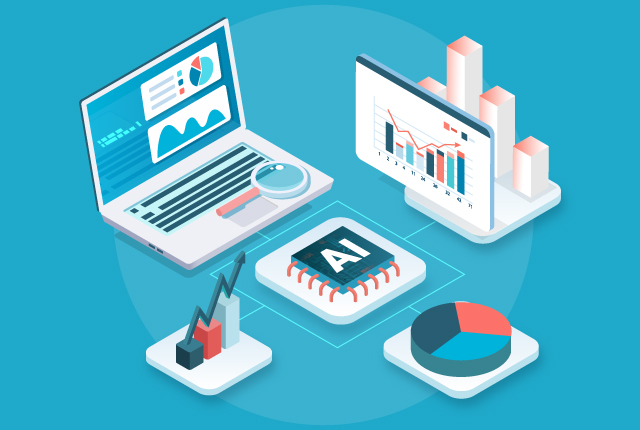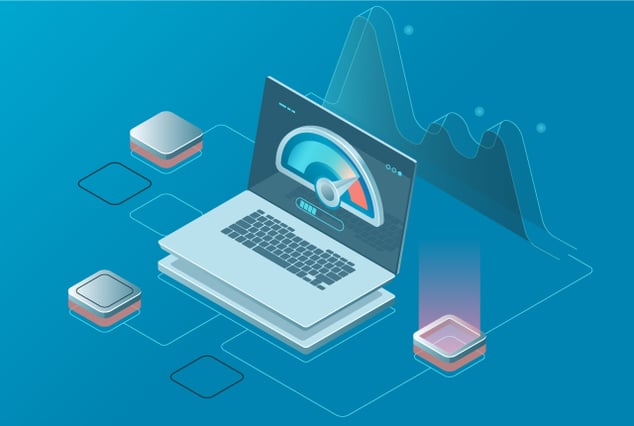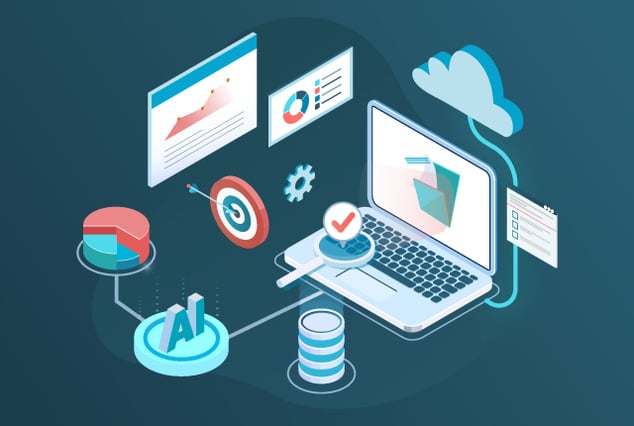
The use of AI in performance testing, a crucial step in guaranteeing the quality and effectiveness of software applications, has completely changed how businesses assess and enhance their software systems. AI is improving software quality, changing the performance testing industry, creating better user experiences, and driving significant ROI. Let’s explore how.
Challenges with Traditional Performance Testing
Most aspects of traditional performance testing are manually completed by performance test engineers, resulting in a significant waste of time, effort, and money. Test engineers must be closely involved in various manual tasks, including feasibility analysis of test requirements, test plan creation, script development, test execution, report generation, etc. For example, engineers spend many valuable hours on tasks such as
- Feasibility Analysis: Performance test engineers must evaluate tools for the application and test requirements to find the most suitable load-testing tool. This manual process takes two to three weeks, depending on the complexity of the test scenarios and application.
- Performance Script Development: In this process, engineers must intercept the traffic of user scenarios before correlating dynamic values and parameterization. This repetitive process takes four to eight hours of engineers' time for medium- to high-complexity test scenarios.
- Performance Script Maintenance: As the application changes, the hard-coded scripts break and must be updated. This creates ongoing maintenance costs, and performance test engineers must perform script updates manually. This activity adds costs to every release cycle.
- Result Analysis: With legacy tools, collecting performance data, conducting analysis, and generating reports could be faster.
These manual steps significantly inflate costs and extend timelines.
Benefits of Integrating AI in Performance Testing
While the traditional approach to performance testing is heavily manual, AI offers many opportunities to lighten the human load, improve efficiency, and scale testing activities. For example, deploying AI in performance testing helps to
- Reduce the Time and Effort Required for the Feasibility Analysis: AI can help engineers find the most suitable tool for load testing for a particular product domain and test scenarios.
- Ensure Fast and Accurate Script Development: Developing performance test scripts for lengthy scenarios and complex applications requires much effort, which can result in inaccuracies. AI can easily create the script with zero effort and zero human error.
- Intelligently Analyze Results: The most important part of performance testing is accurately analyzing and comparing the data with previous test results. With a lot of data, such as load testing tool results, APM tool results, application logs, etc., it is crucial to identify bottlenecks and evaluate the application's overall performance. This also reduces the time and effort spent on debugging and troubleshooting.
By improving speed and efficiency throughout the process, AI-driven performance testing also helps businesses reduce the time it takes to complete performance testing cycles — and ultimately improve time to market.
Maximize the ROI of Your Performance Testing
While integrating AI into the performance testing process will automatically generate some efficiencies and savings, it’s important to follow some best practices to maximize the return on your AI investment.
- Choose the Right AI Engine for the Task: Many LLMs are available, but to optimize ROI, choose an AI engine based on its ability to deliver the most precise, reliable, and timely outputs for your use case. When it comes to performance testing, look for performance and accuracy.
- Automate the Right Aspects of the Testing Process: Not all steps of the performance testing process can be completely automated with AI. When automating tasks, it's important to identify those that require little to no change to the AI output and, therefore, will provide a clear return on investment. For example, using AI for performance test plan development may not be the best use case, as engineers may need to change the AI-generated test plan to meet actual requirements.
- Integrate AI Alongside Manual Tasks: AI offers efficiency and consistency, while manual inputs bring a critical human perspective and creativity. This hybrid approach ensures a comprehensive evaluation of the system's performance.
- Select Appropriate Data for Report Generation: Finding an application's performance bottlenecks is more challenging and time-consuming. Performance test engineers must closely monitor application and database server resources, application logs, performance metrics, etc. AI can significantly help, but only with accurate, precise data inputs.
- Integrate with the DevOps Pipeline: AI-powered performance testing can be integrated into your DevOps pipeline to ensure that performance is tested at every stage of the development cycle and automate the process. This will also reduce the overhead of running the test manually for any code changes in the application.
Boost Your ROI with QASource
QASource continuously evaluates the efficiency and effectiveness of new tools and technologies for software testing. From functional testing and automation testing to performance testing and security testing, we implement AI-based frameworks that drive real ROI for our clients.
Partner with QASource today to reduce your performance testing costs, improve market speed, and ensure top-quality software products.





